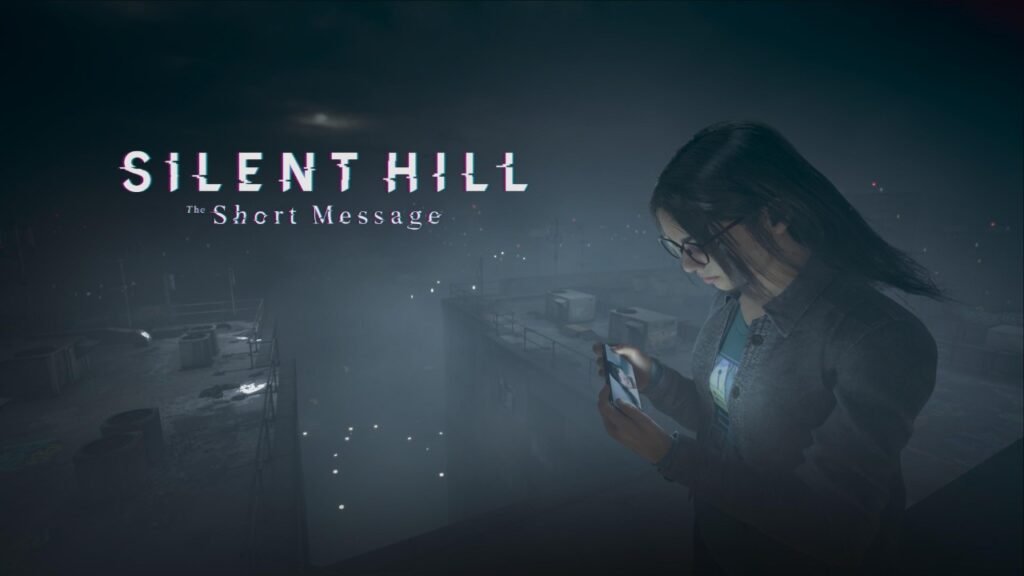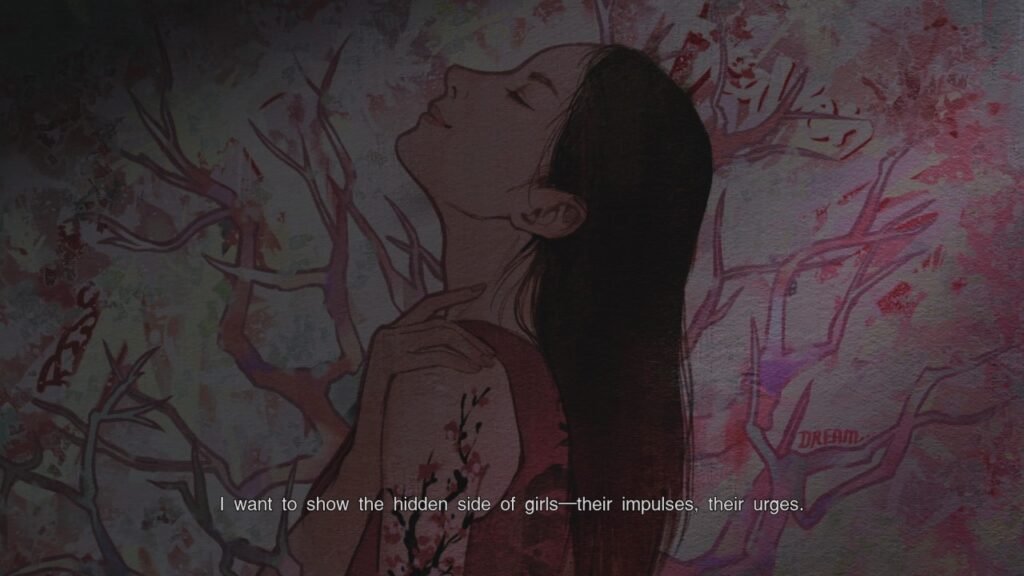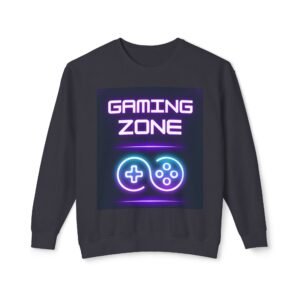Konami’s recent State of Play was a surprise for any Silent Hill fan. First, the much-anticipated remake of Silent Hill 2. Then, Silent Hill: The Short Message, a free-to-play experience arrived to mixed reception. Does this unexpected release capture the series’ haunting legacy, or signal a concerningly different direction?

The Familiar and the Unfamiliar
Silent Hill, once the pinnacle of survival horror, lost its way after Team Silent’s departure. Hideo Kojima’s P.T. briefly offered a terrifying vision of the future, only to be canceled. Now, Konami returns with both a remake and The Short Message – a potential glimpse into the franchise’s new focus.
For seasoned fans, I must admit I’ve only delved into Silent Hill 2 and 3. Those iconic titles instilled a love for unsettling narratives, chilling atmosphere, and monsters that were reflections of internal torment. The Short Message offers something else. You play as Anita, a troubled teen lured to an abandoned building by messages from her deceased friend Maya. Here lies a familiar echo of Silent Hill’s tragic tropes.
This game centers on Anita’s, Maya’s, and Amelie’s inner demons. Anita grapples with insecurity and cyberbullying; Maya’s artistic isolation is hinted at; Amelie drives the plot’s surprises. Contemporary issues – school violence, depression, suicide, even COVID-19 – form the bedrock of the horror.
Where the Message Falters
While horror often explores darkness, classic Silent Hill used those themes to amplify terror. In The Short Message, the horror becomes almost secondary to a message about the dangers of bullying and mental health. This is important, undoubtedly, but the execution is heavy-handed. Suicide hotline reminders and relentless descriptions of victimization take center stage for stretches of this two-hour experience.
This sacrifices the ambiguity Silent Hill was known for – the psychological fear rooted in your interpretation of events. Where’s the haunting metaphor of James Sunderland confronting his guilt? And Anita’s reactions sometimes border on absurd. After a horrifying encounter, she’ll check her phone for casual chats, making it hard to maintain any sense of urgency within the terror.

Potential in the Unexpected
Despite these criticisms, it’s too early to dismiss the direction entirely. It’s possible that The Short Message isn’t representative of the entire franchise’s future, but rather an experiment for Konami. There are glimmers of classic tension – the handprint hallway scene is genuinely creepy. Ultimately, its execution feels disjointed.
Fans yearning solely for a return to the oppressive psychological horror of old may be disappointed. Yet, there’s a unique voice buried in The Short Message amidst the clumsy delivery. Its exploration of modern psychological vulnerabilities could prove interesting as it finds its rhythm. For now, approach with an open mind for something unconventional, but with hope that future installments regain the series’ trademark, unsettling subtlety.
Dull Gameplay and Frustrating Design
While Silent Hill: The Short Message has glimmers of intrigue, its core gameplay is far too simplistic and frustrating. Much of the experience resembles an interactive movie – players spend most of their time wandering an apartment complex, inspecting objects, and reading text. There’s only a single puzzle throughout, and it’s hardly compelling.

Live-action clips offer visual diversity and emotional depth. However, these are marred by laughably poor dialogue syncing. They do, at least, show some promise.
Unfortunately, the game’s biggest misfire lies in the repetitive chase sequences. Players will flee a cherry blossom monster multiple times, and the initial thrill vanishes quickly due to overuse. These segments lose any surprise, with Anita’s glitching phone becoming a tiresome herald of another tedious chase. Far from evoking the series’ trademark horror, these moments simply breed annoyance.
The final area of the game requires navigating a maze in search of minuscule photos. Failure means repetition of the entire section, ensuring not fear, but frustration. Even Masahiro Ito’s impressive monster design can’t redeem this slog of gameplay.
Visually and Sonically Striking, But Falls Short Elsewhere
Silent Hill: The Short Message shines in its atmosphere. The visuals effectively immerse players in the bleak and shrouded city of Kettenstadt. This shines through in scenes depicting the character’s psychological states – walls warp, notes litter the environment, and details like blinking eyes or rust-covered frames amplify the unsettling feeling during chase sequences.
The sound design also complements these moments, with background music that fits Anita’s journey. However, this strength loses its edge during exploration segments. The lack of surprise or dynamic events reduces the music’s effectiveness, making it merely pleasant rather than immersive.
While Silent Hill: The Short Message delivers on a certain level of visual and sonic horror, it struggles to build compelling gameplay around these elements.
Silent Hill: The Short Message is free to play on PlayStation 5.
See more games in the Game Reviews section here.


















